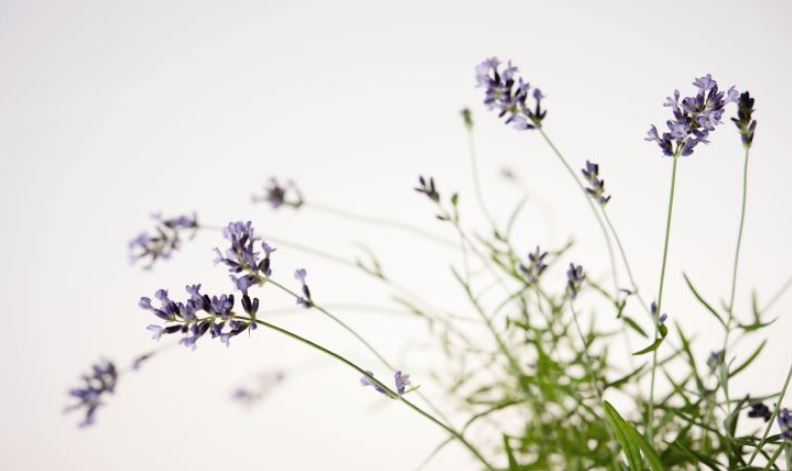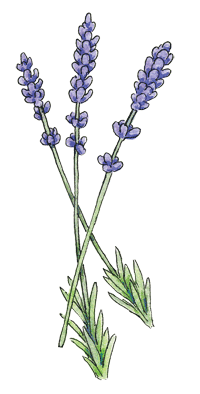Lavender

Loved for their soothing fragrance, lavender flowers are popular in fresh arrangments and the dried blooms are a must in sachets and potpourris. The flowers can also be used in herbal tea blends, or used to flavor sugar, ice cream and other desserts. The dried leaves are a component of some herbes de Provence blends.
Lavender is a perennial shrub, though it has some exacting requirements in order to thrive. Primarily, it requires very well-drained soil and won't tolerate saturated soils, especially in winter. This can make it a challenge for gardeners living in moist climates, where plants may thrive for one growing season but then succumb to saturated winter soils. One solution is to grow lavender in a raised bed, because raised beds tend to have better drainage than in-ground gardens. Using a free-draining soil mix to fill the bed is added insurance that your lavender plants won't suffer from root rot. Lavender also prefers full sun and neutral to slightly alkaline soil.

Although you can start lavender from seed, it is slow to germinate and takes a long time to reach maturity. Most gardeners start with small plants. There are many types of lavender, with a variety of flower colors and subtle differences in fragrance. Most have gray-green, aromatic foliage that contrasts nicely with darker-leaved plants, and are hardy in zones 5 to 9.
The flowers are most fragrant just as they begin to open. If you're planning to dry the flowers, harvest them by cutting long stems, gather into loose bunches, and hang to dry out of direct sun. Display the dried stems in a vase or remove the flowers for use in sachets, etc. Harvesting the flowers often stimulates the plants to produce a second flush of booms.
Last updated: 01/29/2021
Print this Article:
Get the Dirt
Stay up to date on new articles and advice. Please fill out the information below.
